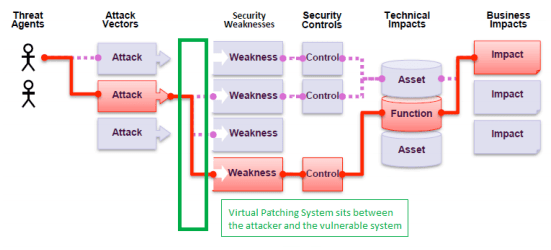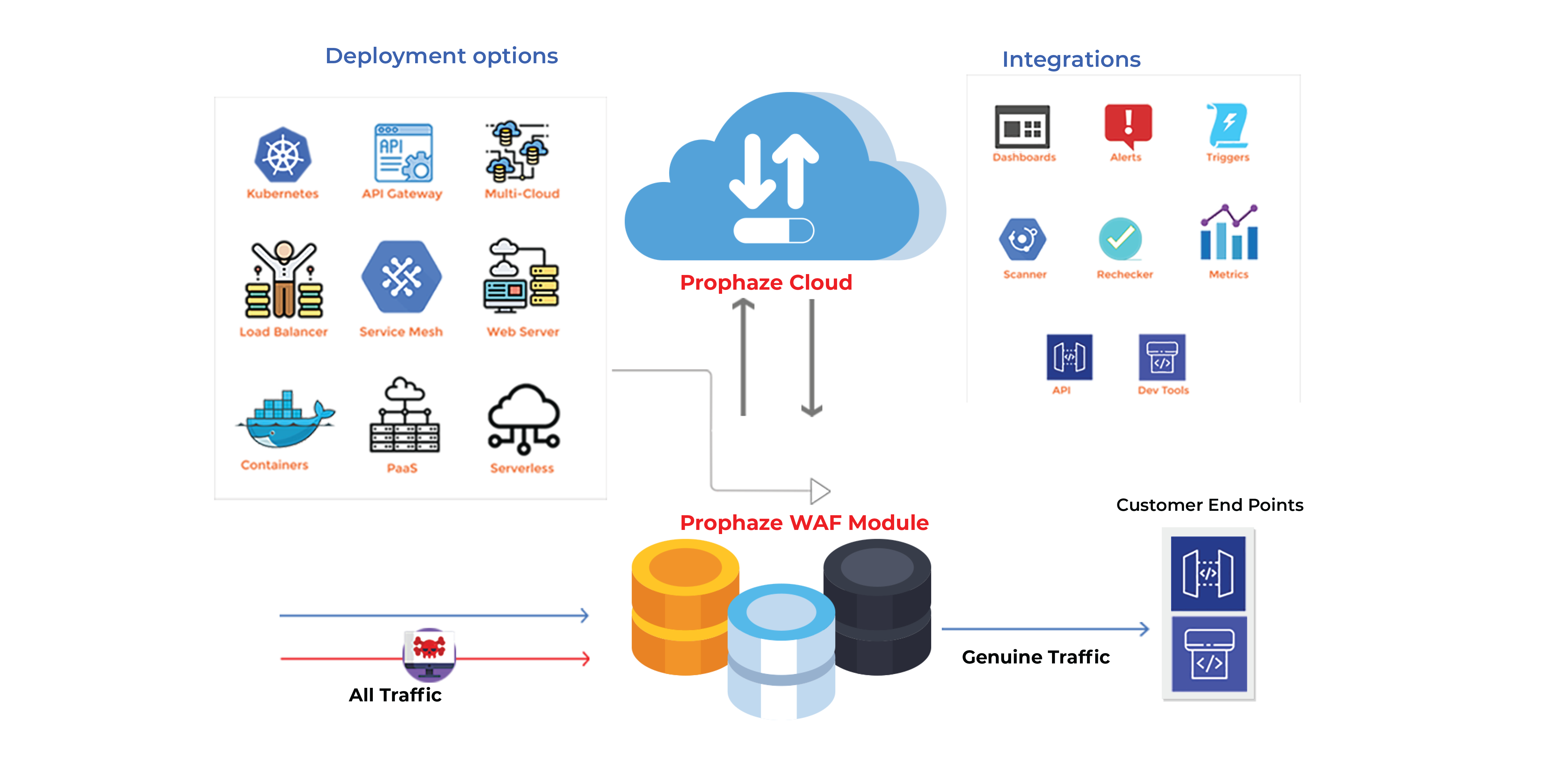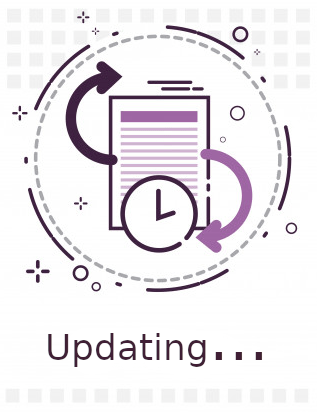Virtual Patching
Prophaze WAF's Mitigating Vulnerabilities in Web Applications
Prophaze WAF’s virtual patching features in mitigating vulnerabilities of web applications. It provides an additional layer of protection, enabling them to defend against application vulnerabilities while waiting for a vendor-issued patch. Prophaze WAF’s virtual patching feature is highly customizable, allowing organizations to create rules sets and environments. It can be integrated with other security solutions to provide a comprehensive defense against cyber threats.


Protecting Applications with Prophaze WAF's Virtual Patching
Prophaze WAF’s virtual patching works once the security enforcement layer analyses transactions and intercepts attacks in transit, therefore the malicious traffic never gets to the web application. The impact of virtual patching is that without updating the source code, it prevents an exploit from occurring. When an attack is detected, Prophaze WAF analyzes the request and compares with set of predefined rules. If the request matches one of the rules, will block before it can reach the application. This prevents the attacker from exploiting the vulnerability.
Customization Options for Patching Rules and Policies
Prophaze can customize rules based on the specific vulnerabilities present in the application. As a result, the organization would get more time to spend to evaluate the risks associated with the vulnerability and develop a mitigation strategy. Quick development and short-term implementation of a security policy. This allows a approach to secure and ensures critical risks addressing by WAF. Prophaze offers flexible deployment options, applied to both on-premises and cloud-based environments. With customizable rules and policies, organizations can prioritize their security needs and achieve greater protection without any update.

“Security policy enforcement layer which prevents the exploitation of a known vulnerability.”

Automatic Updating of Virtual Patching Rules in Prophaze WAF
Prophaze WAF’s virtual patching rules are automatically updated as new vulnerabilities are discovered, ensuring that protected against the latest threats. The rules are always up-to-date, the system is constantly updated with the most recent vulnerability information.. This ensures that the web application safeguarded against new risks without requiring manual intervention from the security team. The automatic updating of virtual patching rules saves time and effort for the organization, as they no longer need to continuously review and update its security policies.
Sustainable Solution for Virtual Patching
Various tools used Web server plugin, intrusion prevention system, application layer filter, and web application firewall for achiveing deep security virtual patching.
Organization Perspective
Prophaze WAF reduces the cost of emergency patching. By providing protection for mission-critical components that might not be taken offline. It offers scalable solution as it needs to be installed in a few locations, rather than hosting in a network. Since the libraries and support code files are not altered, a virtual patch is less likely to produce conflicts in the system. Reduces risk until an effective patch is released by the application vendor or while a patch is being tested and applied. Even though a vulnerability occurs in between scheduled patch releases, virtual patching helps the organizations to maintain their normal patching cycles without affecting the operations.

Usage of Virtual Patching on Websites
It’s scalable as managed web application firewalls can deploy patches to a network of sites at the same time. Reduces the risk while the developer of a plugin/component releases the fix. Less risk for conflicts compared to when the code is manually patched. Provides protection to all sites almost immediately after discovery. Reduces time and money from remediation or from manual code patches.
